News details
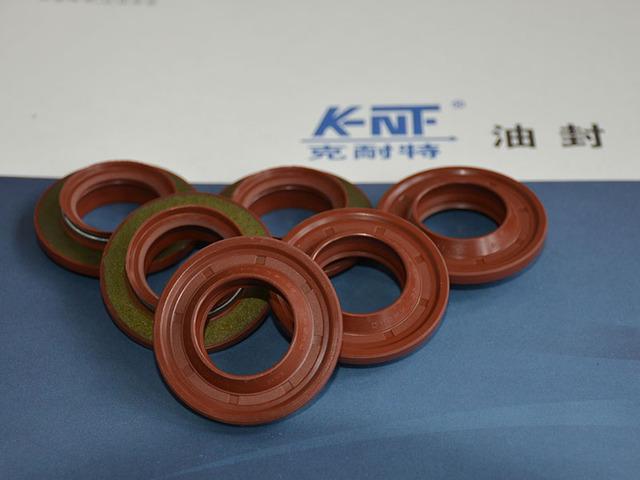
2020-11-11
Oil seal classification and structural diagram! What are the oil seal materials and which materials are good?
Oil seal, it is installed in the running shaft ending in the running device, and isolate the components that need to be lubricated in the transmission parts from the contribution parts to prevent the leakage of lubricating oil. The following editors introduce the role and structural diagram of oil seal classification? What kind of materials are good for oil sealing materials?
Oil seal classification effect and structural diagram
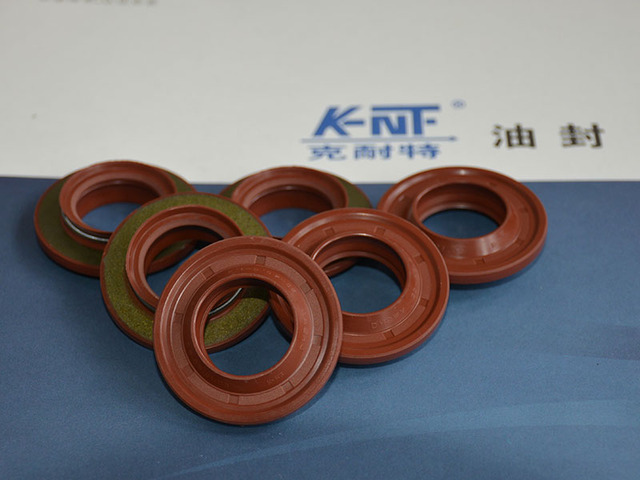
Classification
Oil seals are generally divided into monomer type and assembly type. The assembly type is a fragmented combination of skeleton and lip mouth materials, which is generally used for special oil seals.
From the sealing effect, characteristics, structural type, working status and sealing mechanism of oil sealing, it can be divided into various forms and different call methods, but the rotating shaft lip -shaped sealing ring is used to it. ) Use the sealing part to be called the sealing part.
The representative form of the oil seal is TC oil seal. This is a lip oil seal with a tight spring that is completely covered by rubber. Generally speaking, the oil seal often refers to this TC skeleton oil seal
Oil sealing
Due to the large number of cars and models, there are different oil seals and many classifications. It is mainly classified by the medium of oil seal, the shape of the oil seal, the spring of the oil seal, the lip type of the oil seal, the oil seal speed (high and low speed), the pressure of the oil seal (high and low pressure), and the fluid power of the oil seal.
I. Classification of sealing media: gas sealing, oil sealing of fluid sealing, and lubricating sealing oil seal;
2. Classification can be classified according to the shape of the seal: the rotating shaft (internal sealing parts), the oil seal of the rotating shell (external seal);
Third, it can be classified according to its own structural: skeleton oil seal (mainly exposed skeleton oil seal and inner bag skeleton oil seal), skeleton oil seal, composite oil seal;
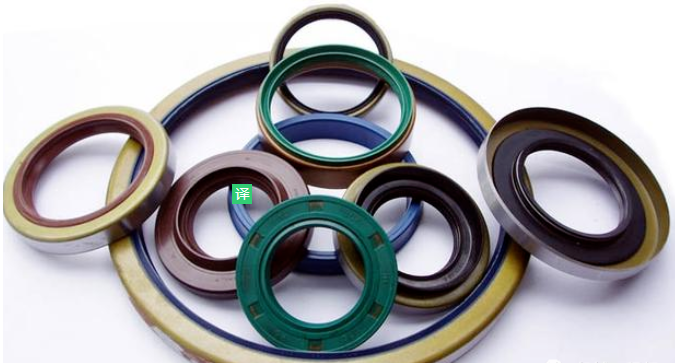
4.Fourth, it can be classified by or without spring oil seal: there are spring oil seals (band -shaped spring or finger spring oil seal), no spring oil seal;
5.Fifth, how many lips can be classified according to the oil seal: single lip oil seal, compound lip oil seal (there are dust -proof lip oil seals or divided lip oil seals, etc.););
6. Classification of rotating line speed: low-speed oil seal (standard low-line speed <8m/s), medium-speed oil seal (standard line speed 8-17m/s), high-speed oil seal (standard line speed> 17m/s);
7.Seven, can be classified according to whether there is a fluid power return oil return effect: ordinary light surface oil seal and oil seal with oil lines;
8. Classification of oil sealing agency pressure: low pressure oil seal, high pressure oil seal;
According to the national standards, the structure of the oil seal can be roughly divided into three sealing structures and 6 basic oil seal forms (the inner package skeleton oil seal structure diagram, exposed skeleton oil seal structure diagram, and prefabricated oil seal structure diagram).
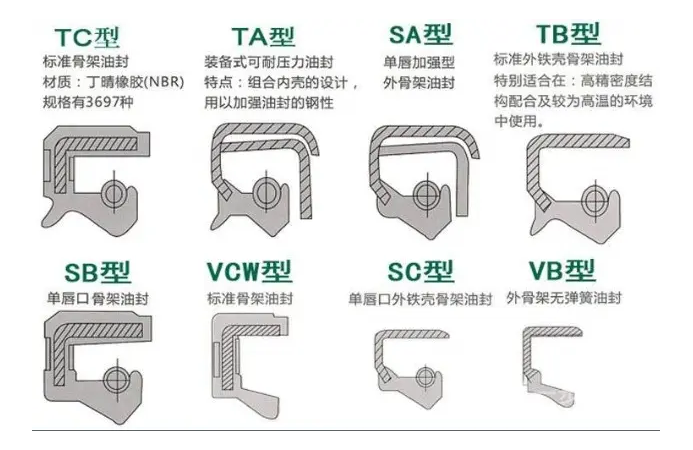
What kind of materials are good for oil sealing materials?
Commonly used materials for oil seal include: chore rubber, fluorine rubber, silicone rubber, acrylic rubber, polyurethane, polytetrafluoroethylene, etc.
Dingya rubber (NBR)
It has good heat resistance and abrasion resistance. It is resistant to various lubricant, grease, oil and gas mixture, etc. It is suitable for -30 ~ 120 degrees Celsius, but it cannot be phosphate. Use, stable performance in gasoline and lowine -point mineral oil.
Polyacrylate rubber (ACM)
Oil resistance and heat resistance, superior heat resistance, abrasion resistance, ozone resistance, ultraviolet radiation, especially lubricating oil, gear oil, motor oil, motor oil, petroleum hydraulic oil, etc., which are resistant to polar pressure agents. Scope of work.
Fluorine rubber (FPM)
Aging, heat -resistant, and oil -resistant, it is almost applicable to all lubricating oil, fuel oil, and gasoline. It is not easy to harden in the oil containing pole additives. At the temperature -20 ~ 250 degrees Celsius.
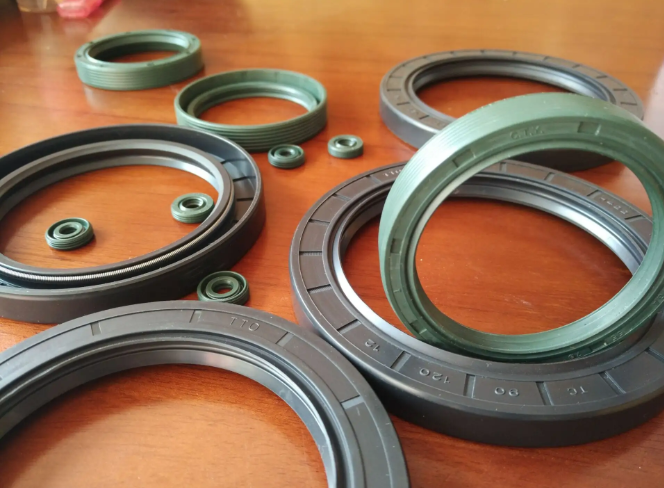
Silicone Rubber
It has outstanding high and low temperature, which can be used for a long time without performance changes at 150 degrees Celsius; 10000h can be used continuously at 200, and it can maintain its unique use of elasticity, ozone resistance, resistance to ozone, resistance to ozone, resistance to ozone, resistance, and resistance to-70 ~ 260. The advantages of the weather.
Polytefluoroethylene
It has outstanding chemical stability, thermal stability, reduction and self -lubricating properties, and its cracking temperature is above 400. Therefore, it can work normally within the temperature range of -200 ~ 300 degrees Celsius. In addition to free fluoride and alkaline metals, it has excellent corrosion resistance for chemicals, solvents, hydroxide compounds and acids.
Tado rubber and fluorine rubber materials are widely used in oil seal. The former cost is low, but the temperature resistance and sealing are significantly improved, but the cost is high, and it still has some adverse commonality of ordinary rubber materials, such as poor abrasion resistance. The life of the use of short service and the eccentric response to the axis is particularly sensitive, etc. The leakage is still common. PTFE oil seal is a product with high technical content and is the direction of oil seal development in the future.
When selecting the material of the oil seal, the compatibility of the material on the working medium, the adaptability of the working temperature range, and the ability to follow the rotating axis at high speed of the rotation axis. The temperature of the lip margin is higher than the temperature of the working medium at 20 ~ 50 ° C during the work medium, and you should pay attention when selecting the oil seal material. The working range of oil seal is related to the material used for oil seal: the material is -40 ~ 120 ° C at the time of the chores (NBR), the Alek rubber (ACM) -30 ~ 180 ° C, and the fluorine rubber (FPM) -25 ~ 300 ° C.





 Language: CH
Language: CH



Leave a Comment